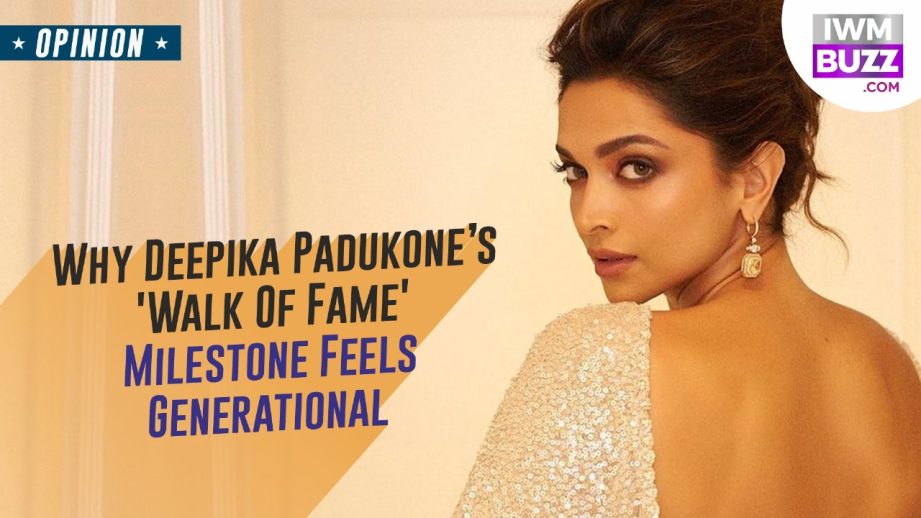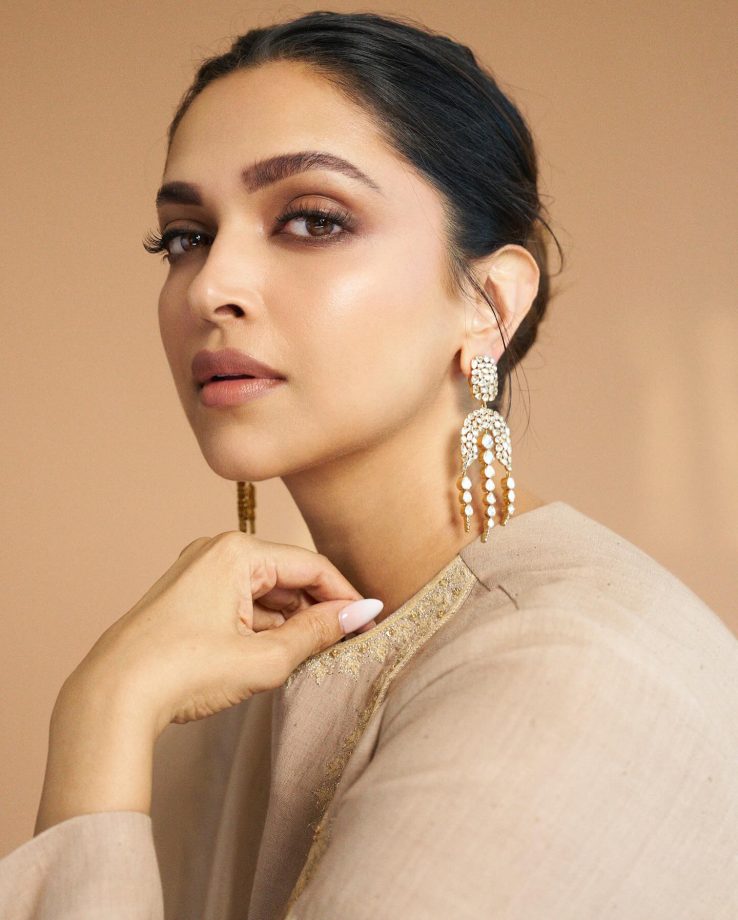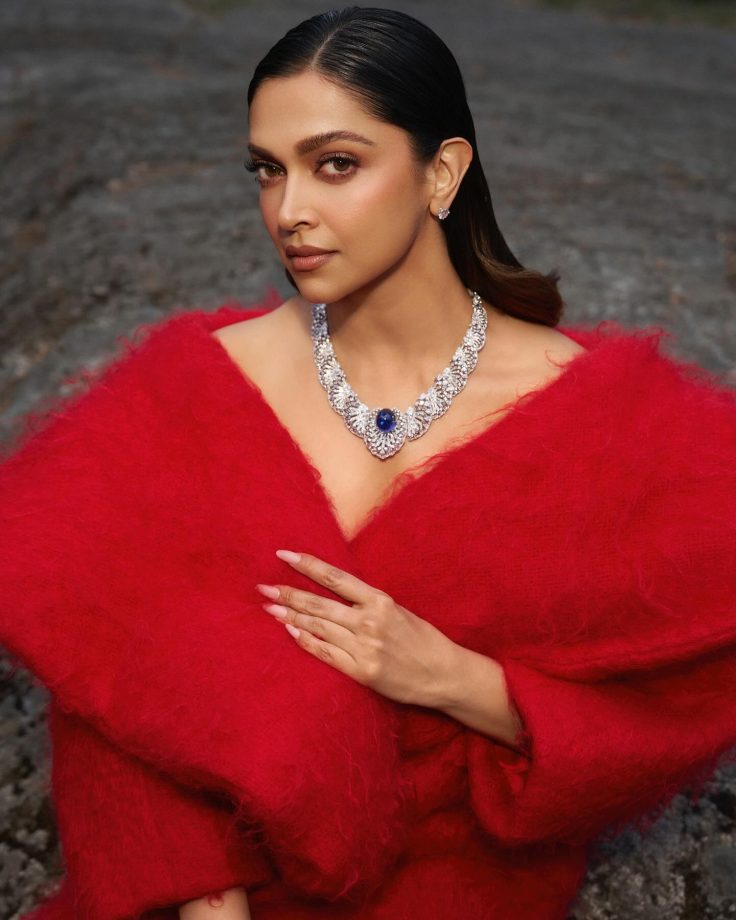
No big announcement. No campaign. No loud celebration. Just a name on the list. One that wasn’t there before.
Deepika Padukone. The first Bollywood actor to receive a star on the Hollywood Walk of Fame.
Not the most obvious pick. Not the most expected. But maybe that’s what makes this moment matter more than it’s being credited for. Because in a space where recognition often follows the loudest voices or the longest resumes, this one feels like a quiet shift. Deepika Padukone has never been the industry’s noisemaker. Her arc has been muted, slower. Built over time, not overnight. There’s something about that kind of orbit that speaks more to a generation trying to build, not just arrive.

She didn’t land here by leaning on the legacy. She wasn’t born into the system. And while she’s had her share of commercial highs, her choices have rarely followed the pattern of what “sells.” She’s taken detours. She’s seen failures. And still, she kept showing up with the same calm, the same clarity. When she talked about mental health, it wasn’t part of a trending conversation. It was long before the industry was ready for it. When she entered the international cinema scene, it wasn’t to fit in. It was to add, not replace.

And maybe that’s why this recognition feels like more than a personal win. It feels like a marker of where things are going.
What does the Walk of Fame Mean?
There’s often a misunderstanding about how the Walk of Fame works. It’s not just about star power or social media following. It’s not something that lands in your inbox one morning. There’s a structure, and it’s tight.
The Hollywood Walk of Fame, which spans 15 blocks in Los Angeles, features over 2,800 names etched since its inception in 1960. These stars represent individuals across film, television, radio, music, and live theatre. But being famous isn’t enough. A nominee requires a minimum of five years of work that is recognised across borders. Global recognition matters. So does philanthropy. They have to agree to attend the unveiling. And if they’re no longer alive, at least two years must have passed since their death. It’s a process rooted in credibility, not convenience.
Each June, the Hollywood Chamber of Commerce reviews hundreds of nominations and selects around 20 to 30 names. The cost of the star, which ranges from $75,000 to $85,000, is paid by a sponsor, not the celebrity. That money goes to the Hollywood Historic Trust to maintain the sidewalk, manage ceremonies, and preserve the space. It’s a legacy honour. And it isn’t handed out casually.
Which is why Deepika’s inclusion stands out. This isn’t about riding a wave. This is about being seen in a space where few from here have even been considered.
Why It Feels Generational?
Because, despite all the talk about Indian cinema going global, it has mostly stayed within the familiar. The same names. The same faces. The same definitions of “global appeal.” Deepika’s presence on that sidewalk doesn’t just challenge that pattern. It quietly replaces it.
It tells young actors, especially women, that the doors don’t open only for the loudest or the most connected. That you don’t have to arrive with a legacy behind you. That showing up consistently, with your work and your voice, is still worth something. That even when things don’t go to plan, when a film underperforms or when the narrative turns cold, you can stay the course and still move forward.
Deepika Padukone’s milestone suggests that the long road is still a journey. It reaffirms that grace counts. That presence matters. It’s possible to build your name, brick by brick, until even the world outside the one you began in takes notice.
And maybe that’s why this moment feels less like a trophy and more like a shift.
